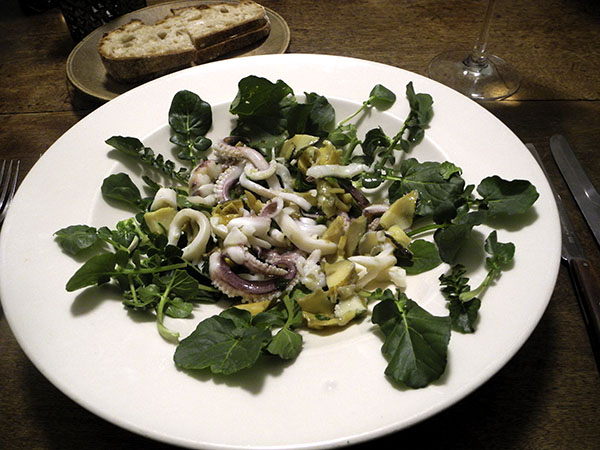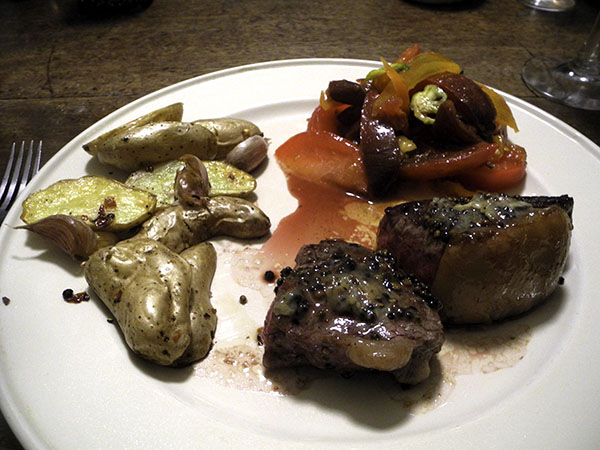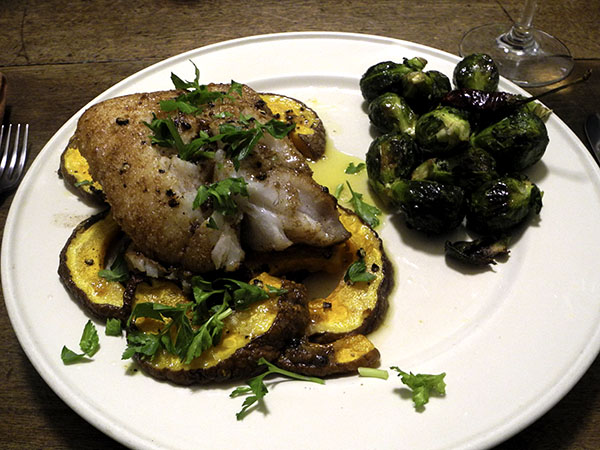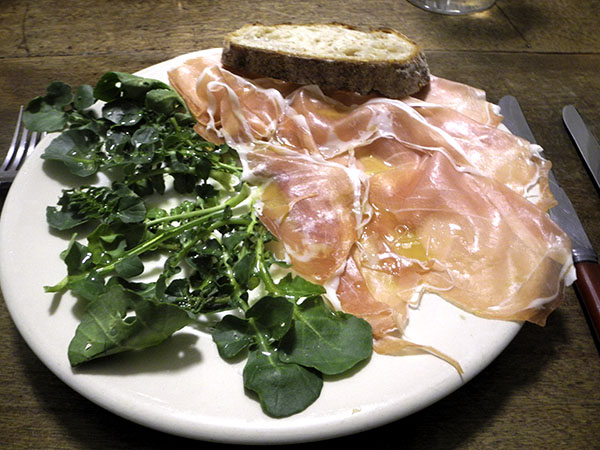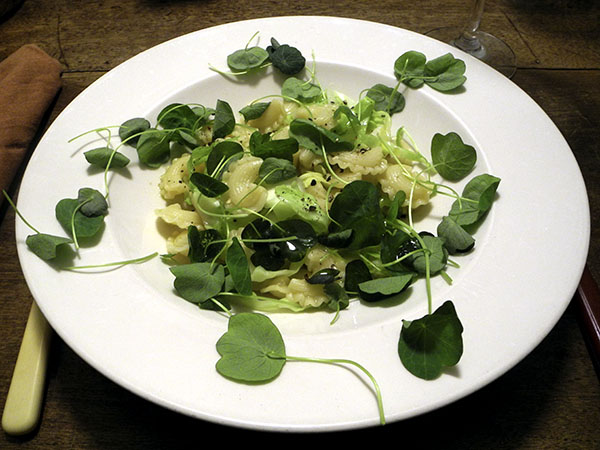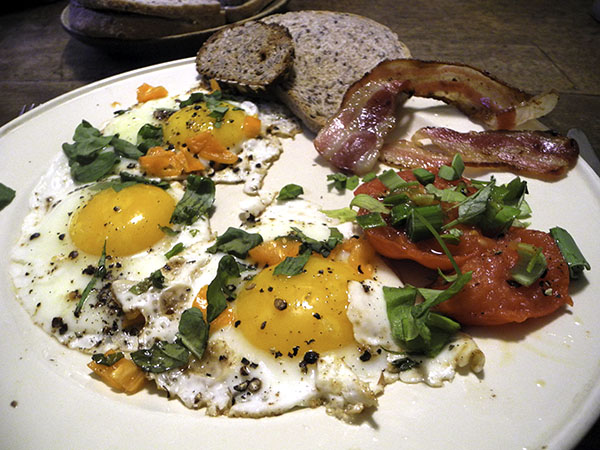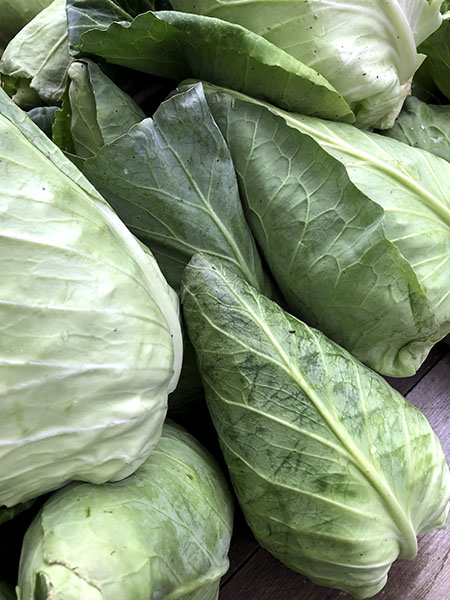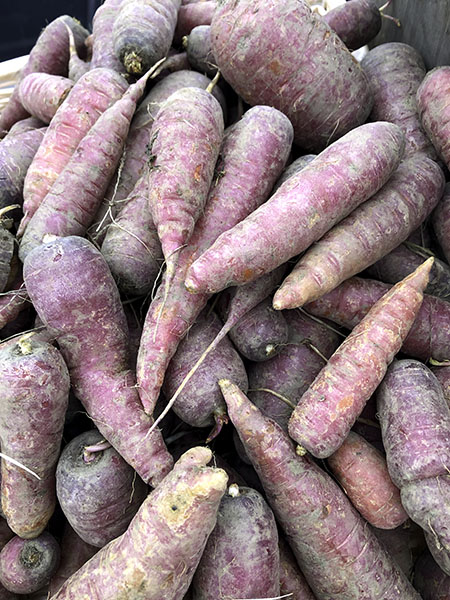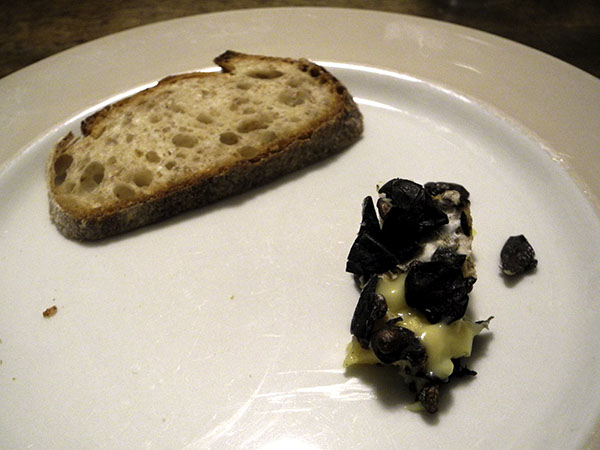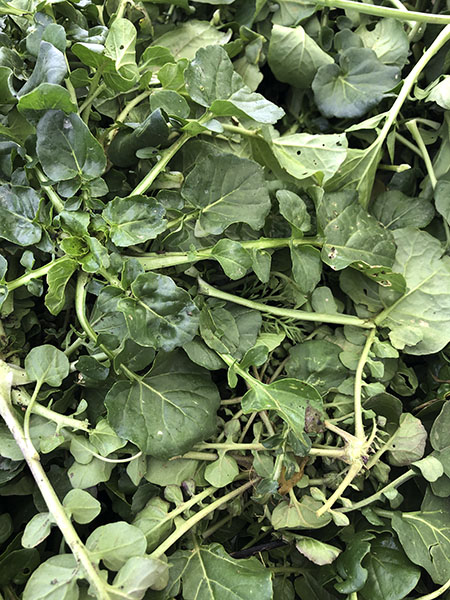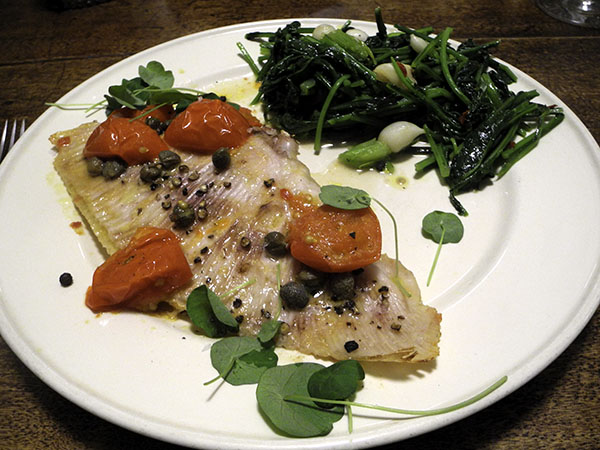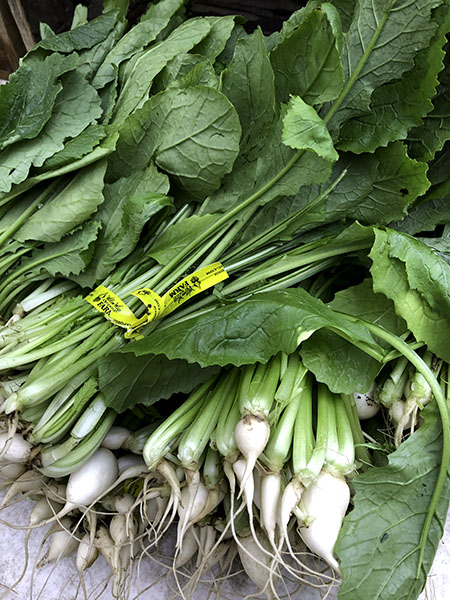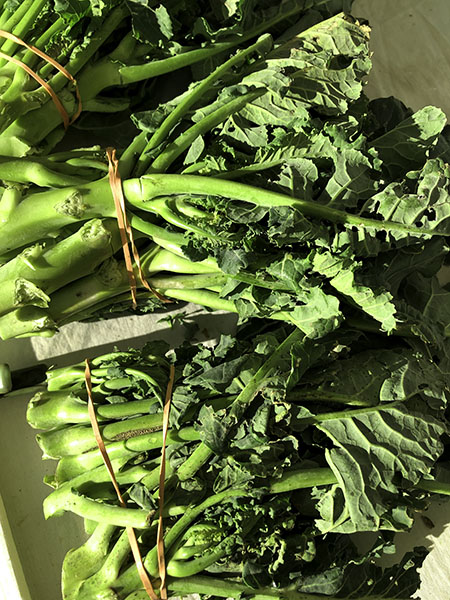
Pasta for grown-ups. Also known as ‘midnight pasta’.
Pasta, lots of garlic, lots of anchovy, lots of capers, lots of olive oil: I’ve done this dish many times, sometimes offering a little variation. It’s a glorious treat, and it’s comfort food. Last night it was assembled strictly along the lines of the original David Tanis [version of a classic] recipe, except for one thing: Probably distracted by the excitement of my birthday lunch – and an edible – earlier in the day, I misread my own instructions, and proceeded to mix most of the parsley into the sauce before adding the pasta.
I also didn’t crush the peperoncini. I kept them whole, because this time I wanted to try for a different aesthetic (I love the casual look of a ruby-colored pepper on top of its ‘quarry’), and I was willing to accept some sacrifice in spiciness.
It wasn’t a disaster, but I want to say how much more satisfactory this so-much-more-than-just-satisfactory meal is if you toss the parsley in at the right moment (when there’s all that pungency, green and fresh makes for a good foil).
- the ingredients this time were 8 ounces of Afeltra 100% Italian grain pasta artigianale spaghetto from Eataly Flatiron, five rocambole garlic cloves from Keith’s Farm, Whole Foods Market’s good house Portugese olive oil, 4 rinsed salted anchovies, more than a tablespoon of rinsed salted capers, 2 whole peperoncini Calabresi secchia from Buon Italia, and several tablespoons of chopped parsley from Paffenroth Farm
- the wine was a Portuguese (Lisbon) white, Dory Branco 2016, from Garnet Wines
- the music was the album, ‘Il gioco Barocco del seicento italiano’, seventeenth-century Italian music performed by Ottavio Dantone, harpsichord and conductor, and the Accademia Bizantina
